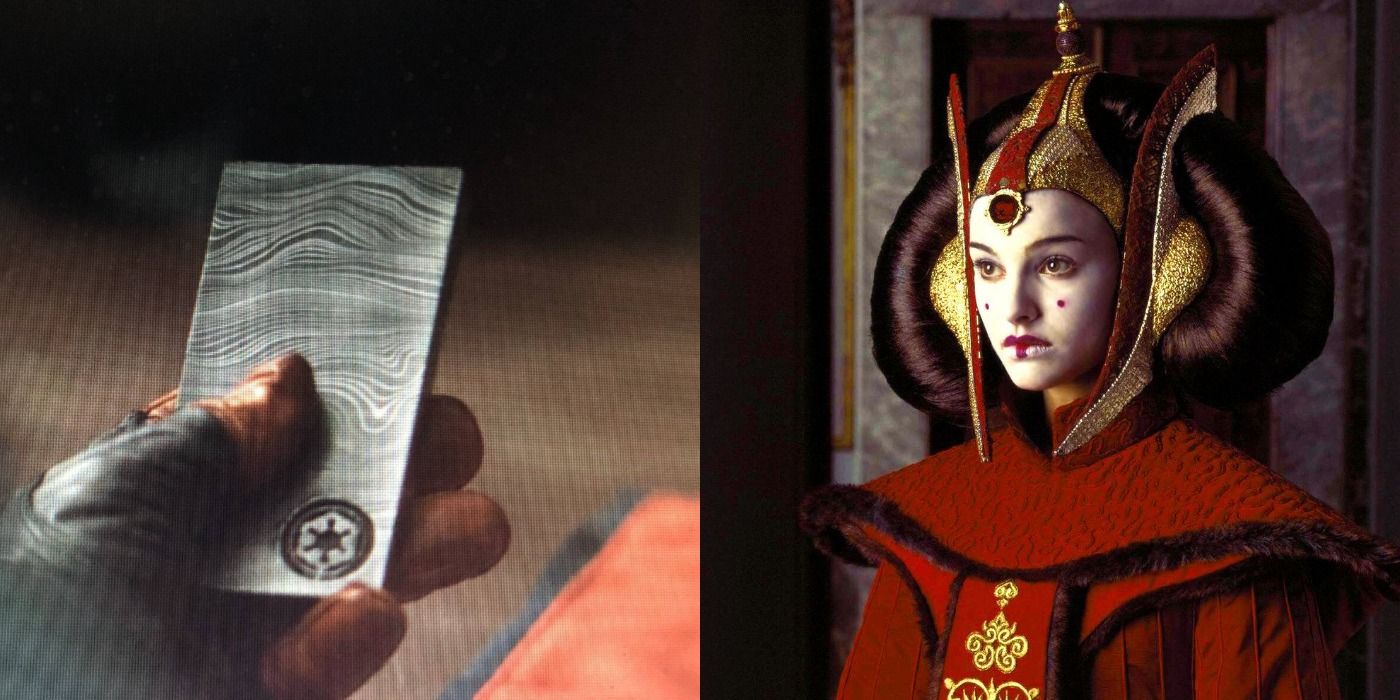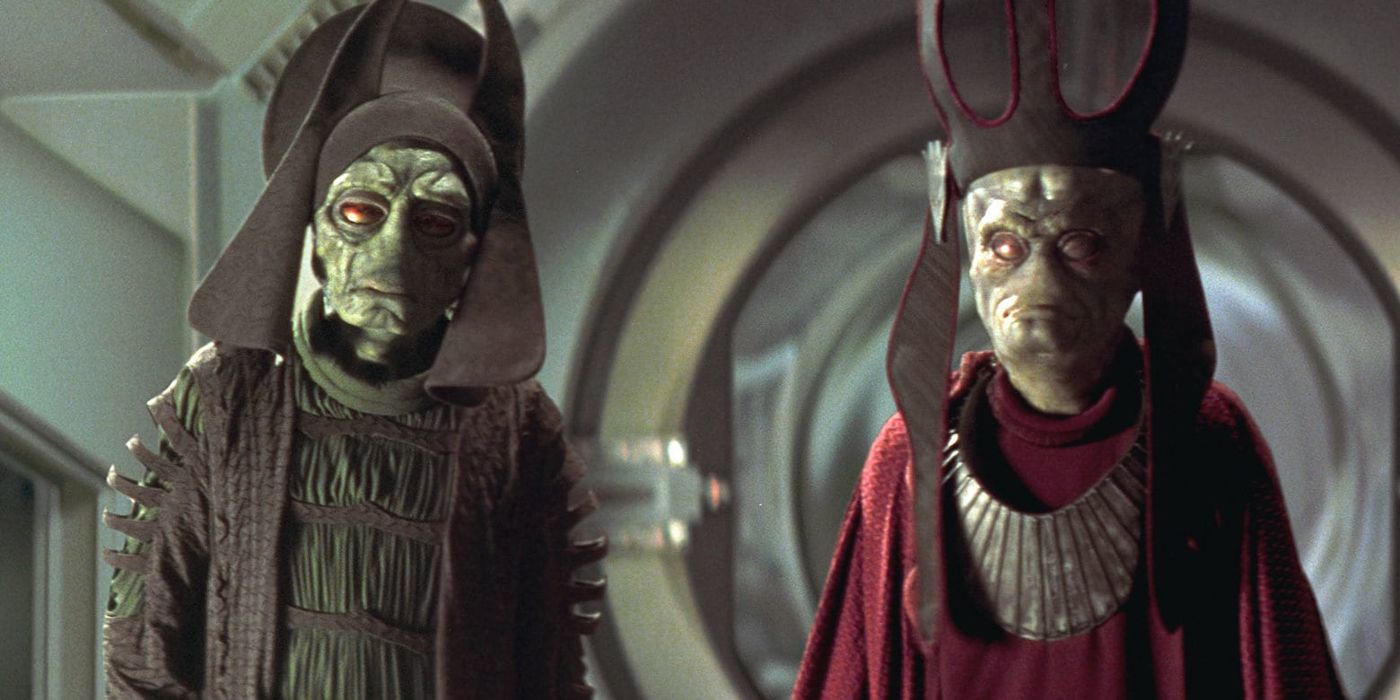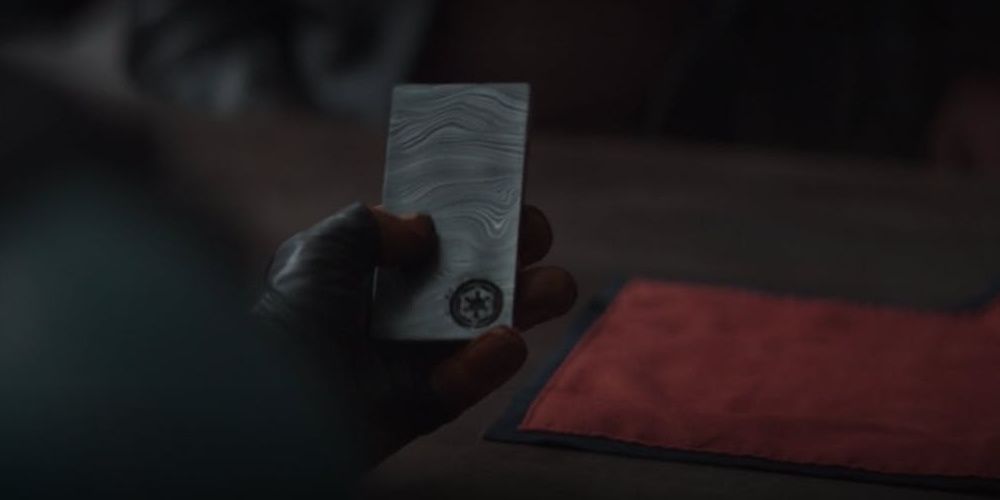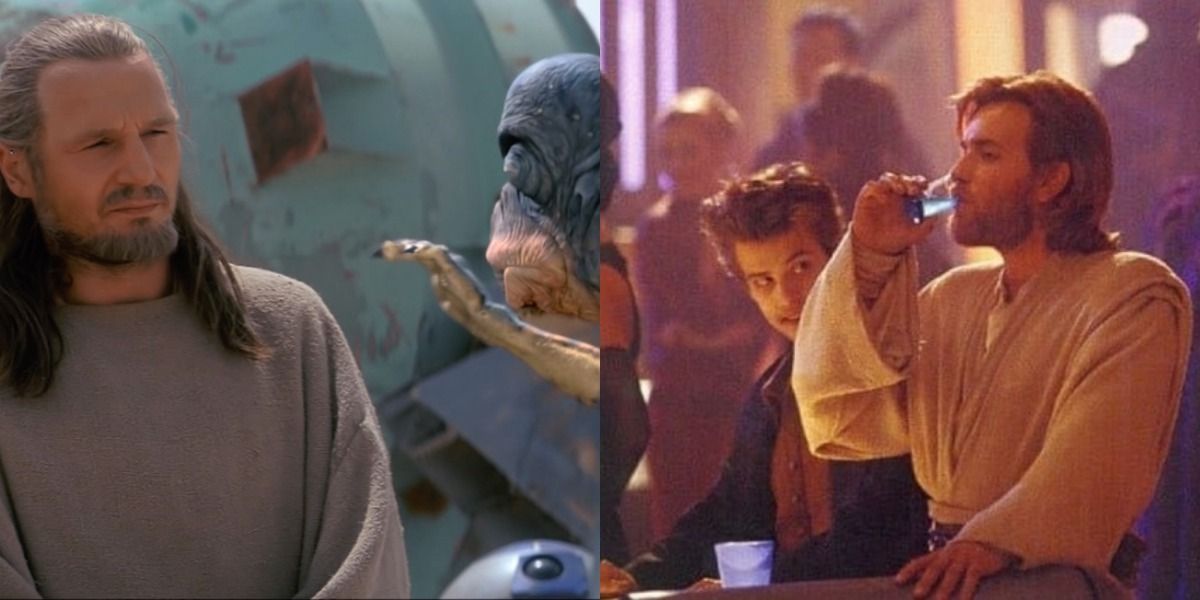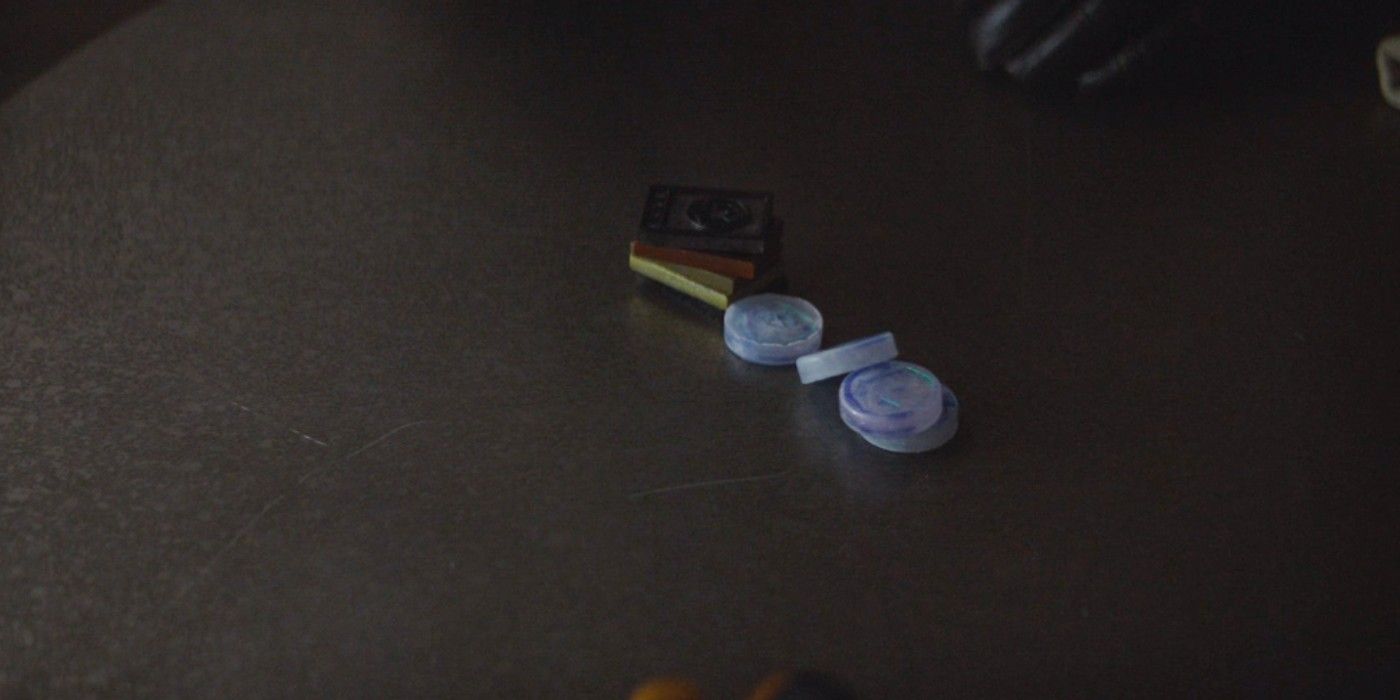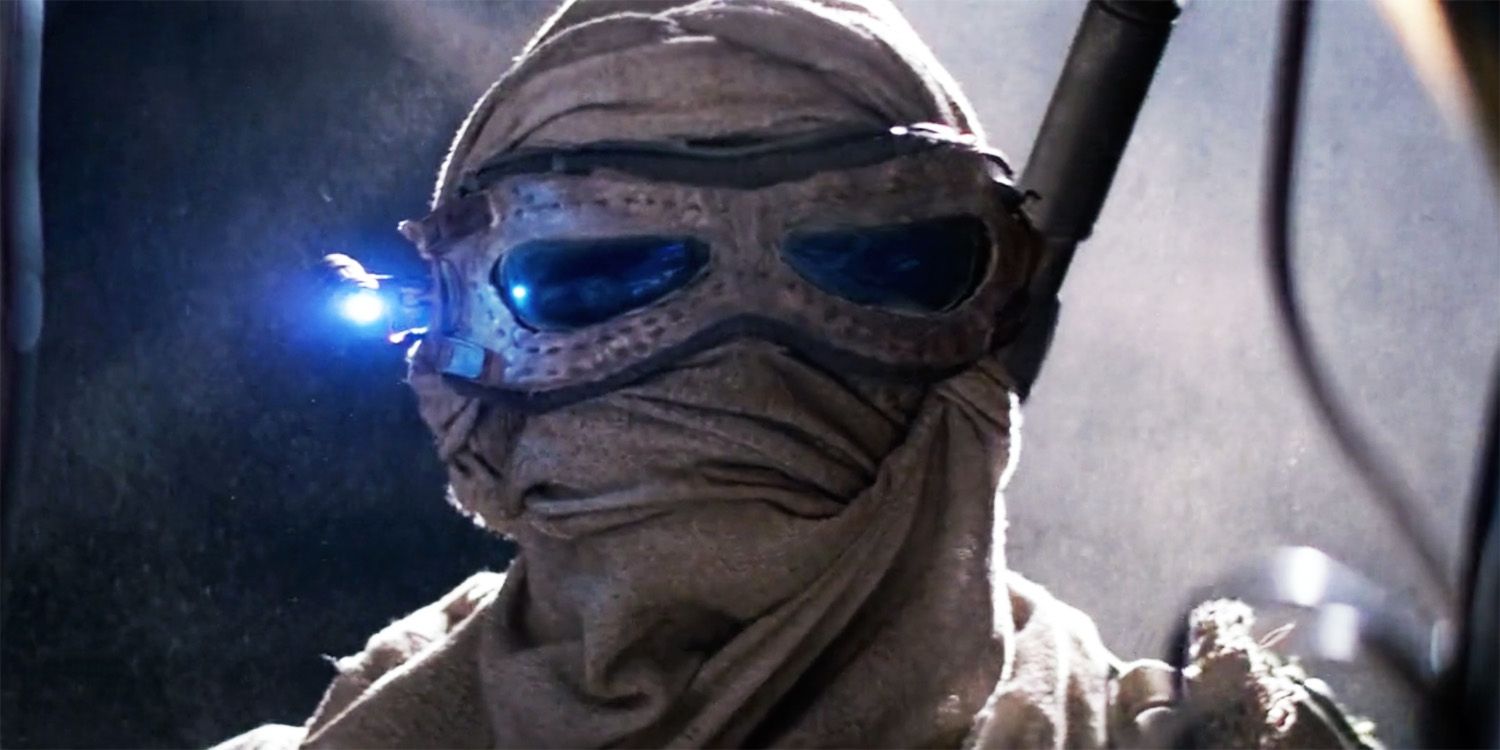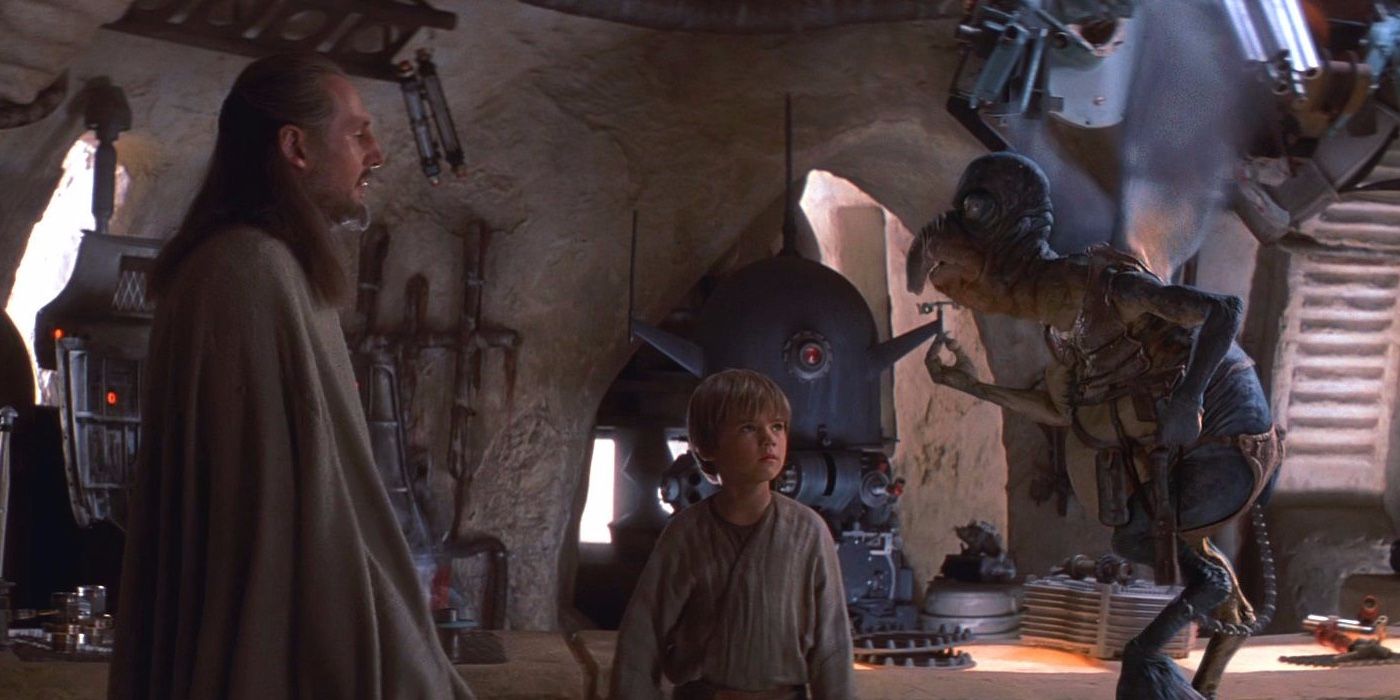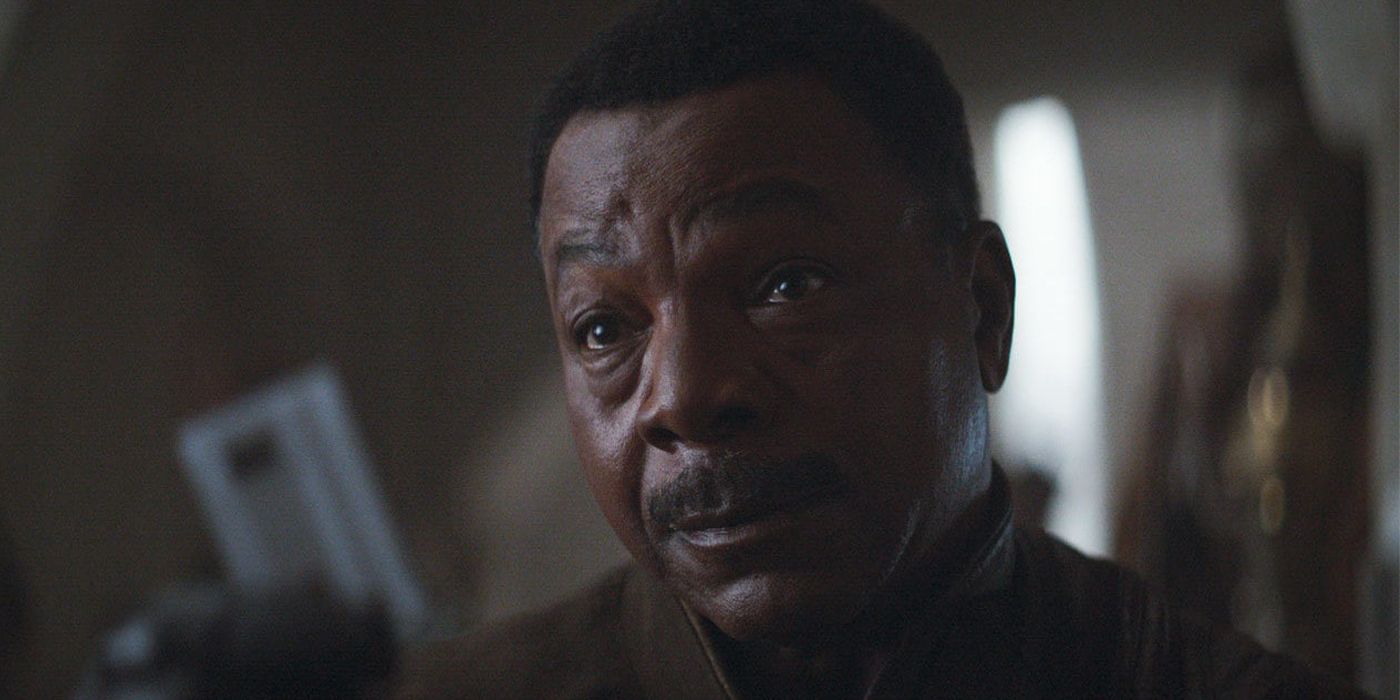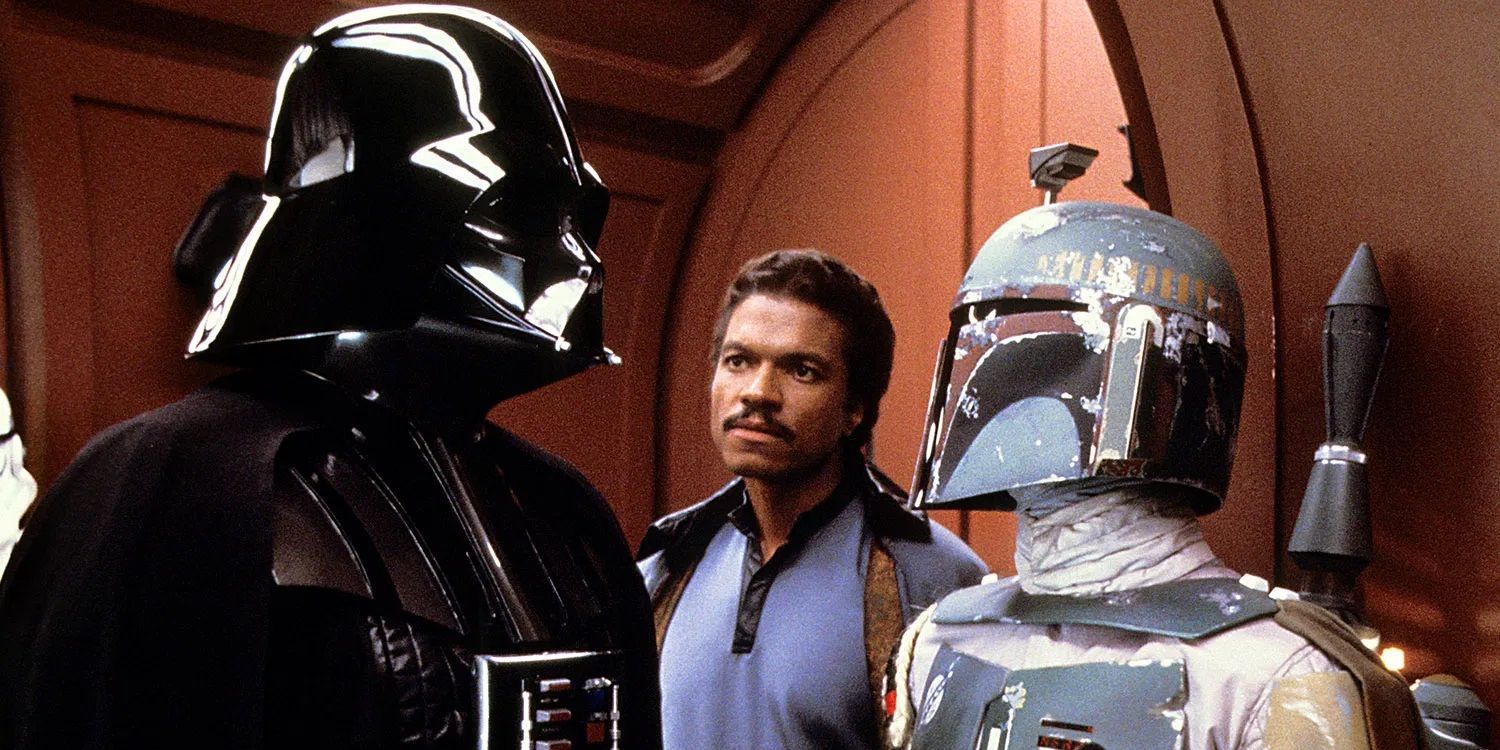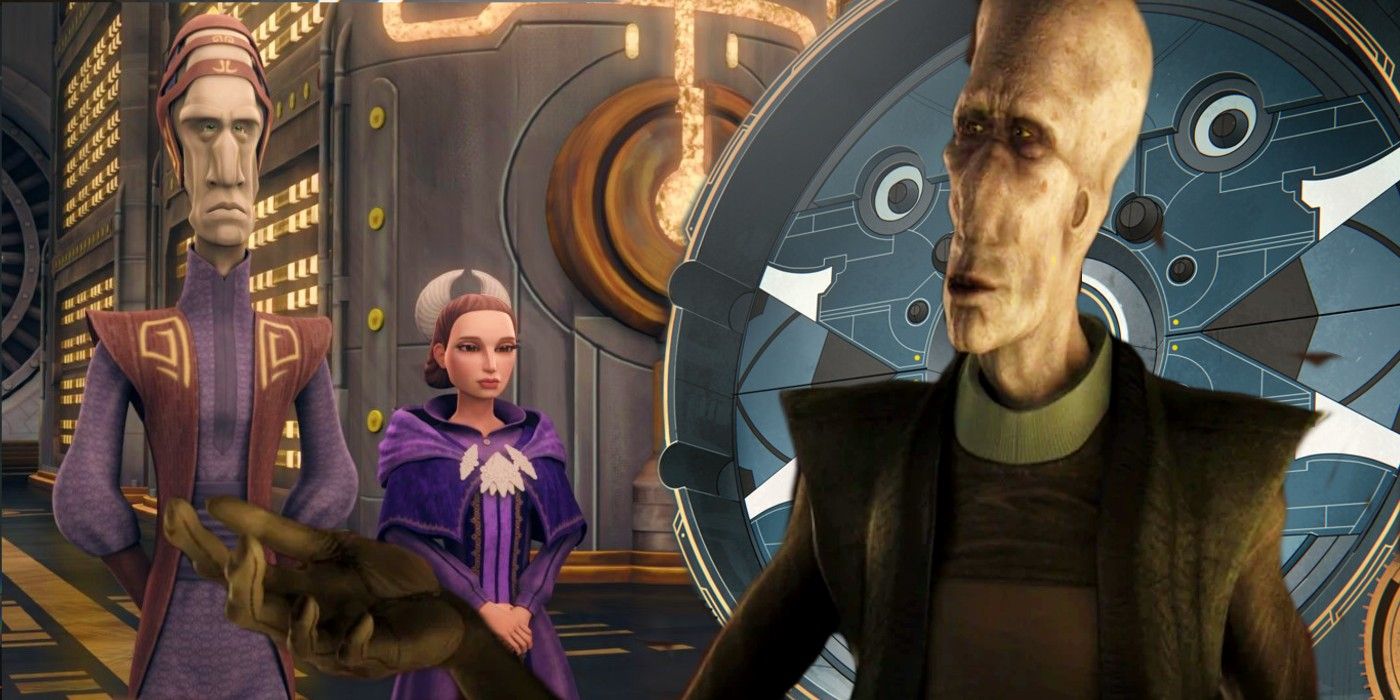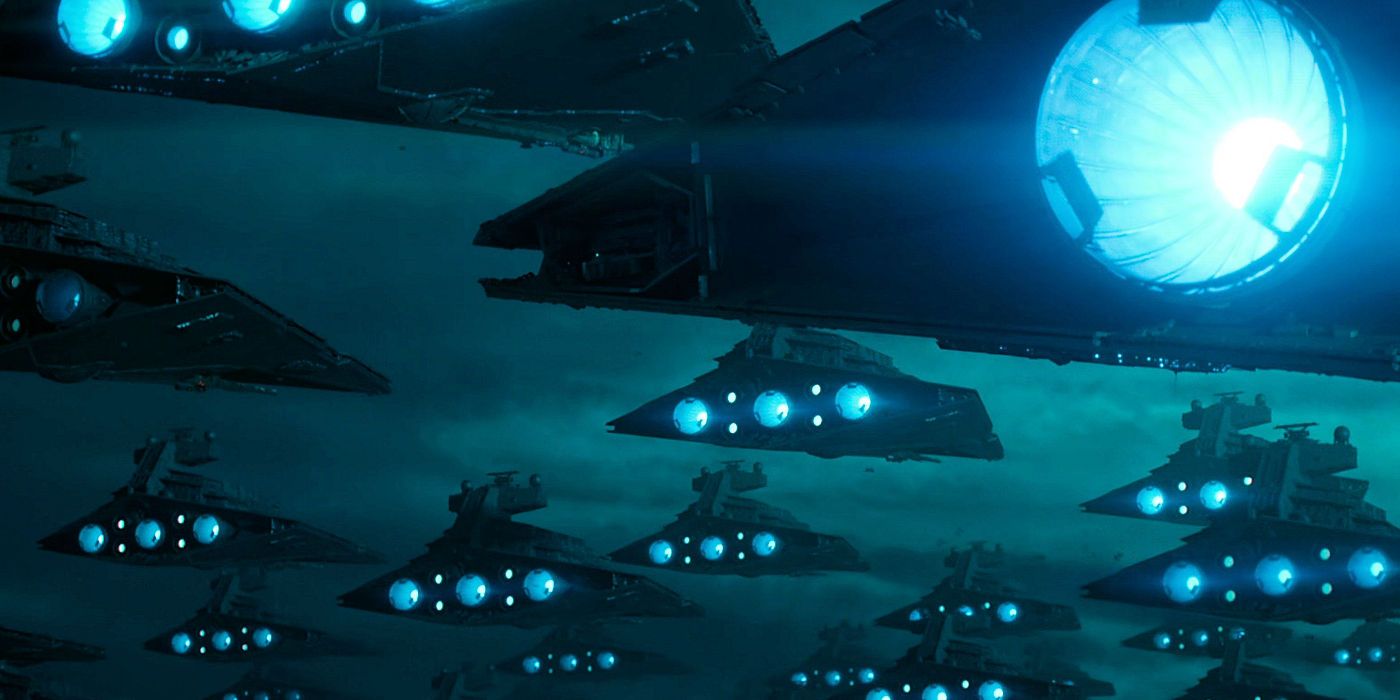From George Lucas's release of Star Wars to the current streaming success of The Mandalorian, the incredible detail put into the Star Wars Universe has made it one of the most popular fictional worlds of all time. Amidst the world-building put into spaceships, alien races, and mystical religions, quite a bit of attention is devoted to a galactic economy governed by commerce and trade.
Lucas's Prequel Trilogy posited that the entire Skywalker saga was affected by the volatile nature of a system in which planets exchange goods and services from the Core Worlds to the Outer Rim. This mercurial connectivity was jeopardized by an imbalance in commercial equilibrium just as much as in the Force. Yet despite the integral narrative components of the Trade Federation, the building of a Galactic Empire, the role of bounty hunting, and various others elements that directly relate to money in the galaxy far, far away, a lot of it makes little sense.
It Plays A Big Role (But Is Barely Discussed)
Darth Sidious is able to precipitate a Galactic Civil War based both on the Trade Federation's entitlement to Naboo's plasma energy and Naboo's standing as a valuable bastion of a coveted natural resource. The blockade and subsequent enforced taxation by Chancellor Palpatine (Sidious in disguise) is part of an avalanche of events that lead to the annihilation of the Jedi Order and the rise of Darth Vader.
Yet despite a robust economic system, currency is rarely discussed in George Lucas's Prequel Trilogy (the role of the Trade Federation has even been retconned to a degree), except when Qui-Gon Jinn needs to use Republic dataries to purchase a hyperdrive. No one even knows the relative wealth of Queen Amidala to say, or the royal family on Alderaan. Just how big is the difference in salary from Senator to Chancellor, or even Emperor?
Constant Government And Economic Destabilization
Governments seem to collapse very suddenly in the Star Wars Universe. Where once the Republic lasted for a thousand years, and before that, the Sith Empire ruled supreme, the Empire collapses in the span of two generations. Yet despite this, galactic credits (of some sort) proliferate the universe.
It's difficult enough to ensure certain currencies can be used internationally on one planet (such as Earth), so it's unclear exactly how the Republic, the Empire, or other groups like the First Order are able to maintain a stable economy between entire star systems that use universal currency. After the Battle of Endor in The Mandalorian, Imperial credits are practically useless (replaced by more valuable alloys like beskar), giving rise to questions such as how the galaxy survives with such economic instability.
Jedi Expense Account
Despite living an ascetic lifestyle and abolishing attachment to material things, the Jedi are given an expense account. This seems to be at odds with their belief system but implies that the Jedi are bankrolled by the prevailing government (in this case the Republic). Do the taxes of Coruscanti citizens go to maintaining the Jedi Order even if they're not part of it, like donating to a church they never set foot in?
Jedi have to make their way in the galaxy the same as anyone else, so it makes sense for Qui-Gon to try to use Republic credits to purchase a new hyperdrive from Watto in Star Wars: Episode I- The Phantom Menace, but does it also allow Obi-Wan Kenobi to buy a drink in a nightclub during an official Jedi investigation in Star Wars: Episode II - Attack of the Clones? Surely there are limits to what a Jedi can write off as Jedi business?
Alien Currencies
Not to be confused with some sort of galactic culinary delight, the Calamari flan is an item of currency from the Mon Calamari, the amphibious aliens known to count Alliance hero Admiral Ackbar in their number. It's apparently much more stable than Imperial credits that Din Djarin accepts half his bounty in flan, taking a significant loss.
Is the New Republic's new economy so soluble? If so, why isn't it called the New Republic credit? The credit-to-flan rate of exchange isn't explored, making the value of the vaguely gelatinous currency a true mystery.
The Scrap Business
If there's one thing the Star Wars Universe is known for, it's junk. Han Solo flies in it, Anakin Skywalker uses it to build protocol droids, and Rey scavenges it to put food on the table. For a galaxy so full of reusable pieces of hardware, why is so much of it thrown out?
There are no shortages of junkyards like Watto's, or trash compactors on the Death Star, or junk-filled planets like Jakku filled with precious pieces of metal and alloy that don't seem to actually be recycled into anything usable. There appear to be more value in the raw material of the spare part than the spare part itself.
No Exchange Rate
In the Outer Rim, far from the brightest center of the universe, Republic credits don't seem to hold any value. When Qui-Gon Jinn tries to use them to purchase parts for Queen Amidala's ship from Watto, they're refused. Why can't the Jedi Master exchange the credits for whatever local currency is used on Tatooine?
It's possible a sanction on a planet like Tatooine would exist because it continues to violate the Republic anti-slavery laws, but as Shmi Skywalker so gently reminded Jinn, the "Republic doesn't exist out here."
Bounty Hunting/Freelance Work
To work as a bounty hunter in the Star Wars Universe is to work as a freelancer with clients who sometimes pay what the mercenary is worth, and sometimes try to haggle what they think they can get away with. Boba Fett can get paid 250 thousand credits by Jabba the Hutt for a carbonite art piece of Han Solo, but Din Djarin will be paid in a fraction of that with a combination of Imperial credits or Calamari flan.
If bounty hunting is so hazardous and has such incredible professional instability that job security is almost non-existent, how can so many members of the Bounty Hunter Guild continue to pay their annual dues and make a sustainable living? Djarin makes just enough to cover repairs for his ship.
Bounties
After the Battle of Yavin, the bounty on Leia Organa's head was 10,000,000, a truly staggering sum. Yet somehow, after the Battle of Hoth, the Empire was prepared to pay only 150 thousand Imperial credits each for Han Solo and the princess. Even after destroying the Death Star, the bounty on Luke Skywalker's head was a measly 60,000!
Boba Fett was given a total of 500 thousand credits in The Empire Strikes Back for bringing Han and Leia to Vader and to deliver Solo frozen in carbonite to Jabba the Hutt, which was still nowhere near the incredibly high bounty on Leia's head.
Banking
In the Legends novels involving Darth Plagueis and Boba Fett, the famous Sith Lord and mercenary are mentioned going into branch offices of banks, most notably through the Intergalactic Banking Clan. Patrons are overheard depositing winnings into an account by placing a hefty sum onto a single credit.
If the credit chips can be loaded with whatever number is desirable, why would any number of them be carried at the time? The credit chips seem to either be used as payment by giving them to vendors like cash, or used like bank cards, which only makes transactions more confusing.
Cost Of Starships
In A New Hope we learn that Luke Skywalker sells his landspeeder for about 2,000 credits, which will be used as part of the 17,000 credits needed to transport himself and Obi-Wan Kenobi to Alderaan. According to Luke, 17,000 is almost enough to buy their own ship, but that price seems low even for a hunk of junk like the Millennium Falcon.
In the Legends novel Star Wars X-Wing: The Krytos Trap, fans learn the price of a dozen X-wings (roughly 10 million credits), so the cost of starships really adds up. It's difficult to tell at a glance what makes an X-Wing worth so much more than the Falcon but even so, how much must it have cost for Emperor Palpatine to get his cadaverous hands on ten thousand Star Destroyers?

